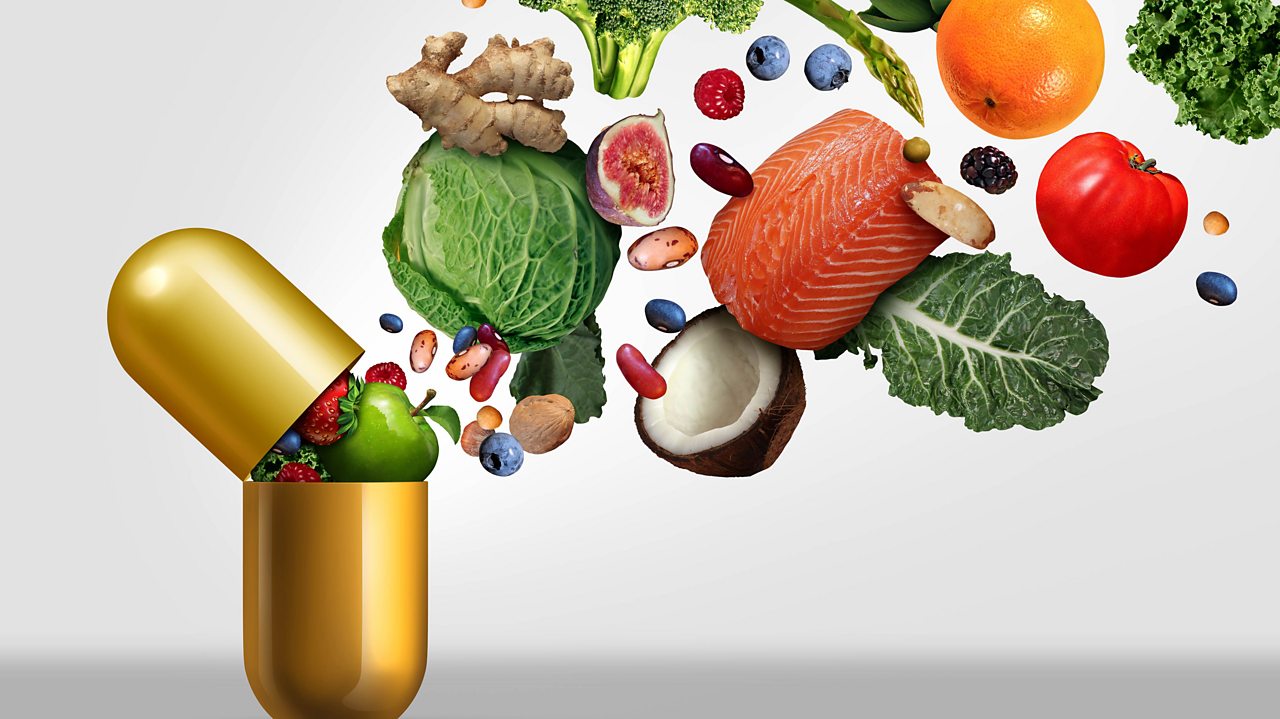A Comprehensive Guide to Nutritional Vitamins

Unveiling the Microcosm of Nutritional Vitamins
Embark on a journey through the intricate world of nutritional vitamins, where these micronutrients play a pivotal role in maintaining the symphony of bodily functions. Delving beyond the familiar ABCs, let’s explore the lesser-known vitamins that contribute to your overall well-being.
Vitamin A: Illuminating Cellular Health
Enter the realm of retinoids and carotenoids, the compounds that constitute vitamin A. Beyond its renowned role in supporting vision, vitamin A fosters healthy skin, a robust immune system, and optimal cell differentiation. Embrace sources like sweet potatoes, kale, and liver to fortify your vitamin A reserves.
Vitamin D: The Sunshine Elixir
Revel in the power of the “sunshine vitamin,” vital for calcium absorption and bone health. Synthesized in response to sunlight, vitamin D is found in fatty fish, fortified dairy products, and mushrooms. Ensure your body basks in adequate sunlight or consider supplements to maintain optimal vitamin
… Read more
